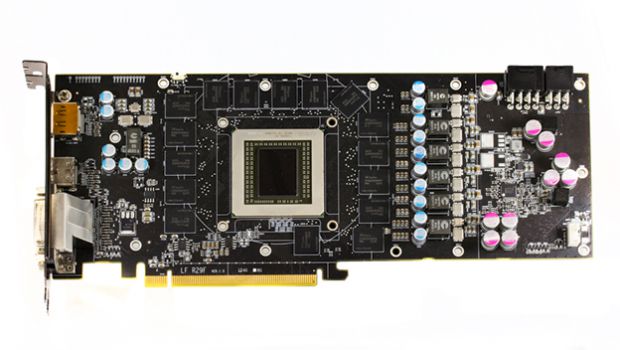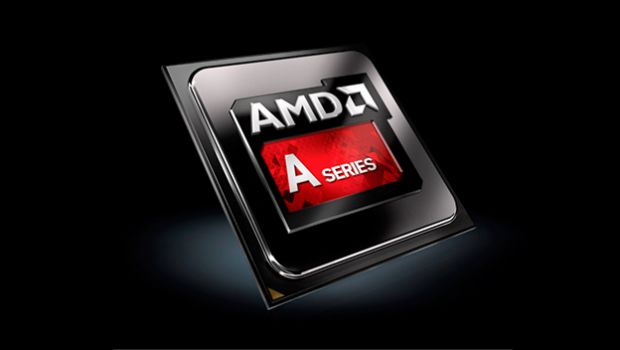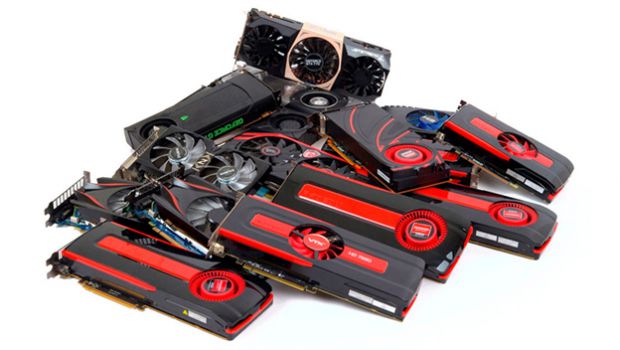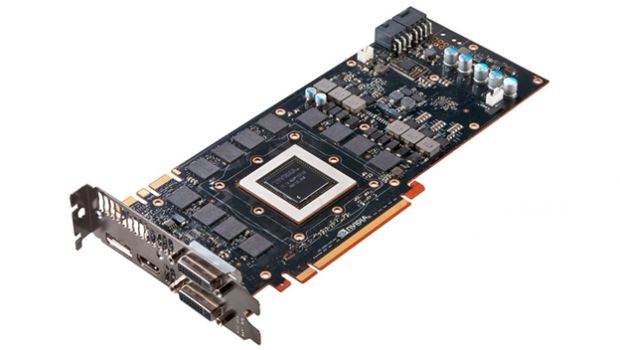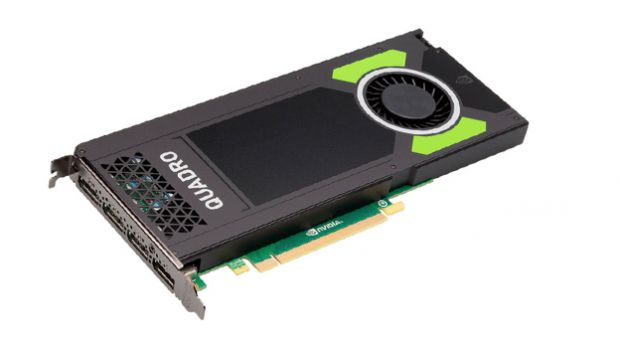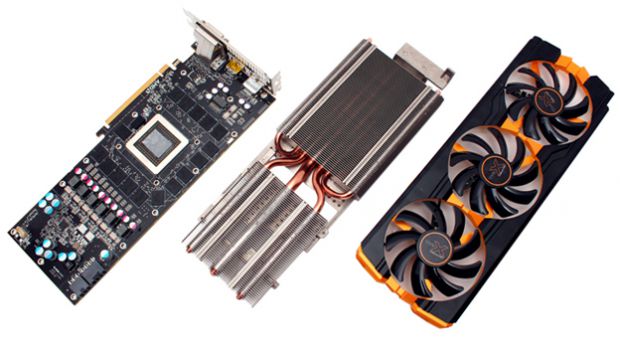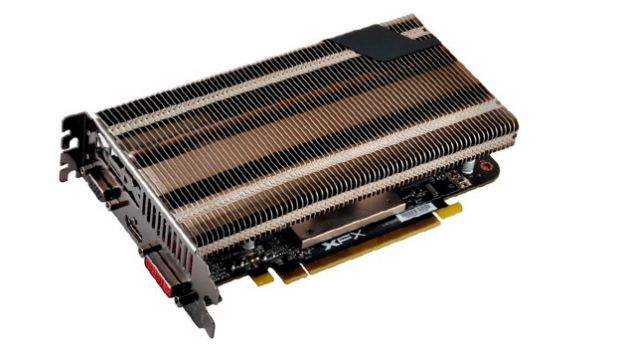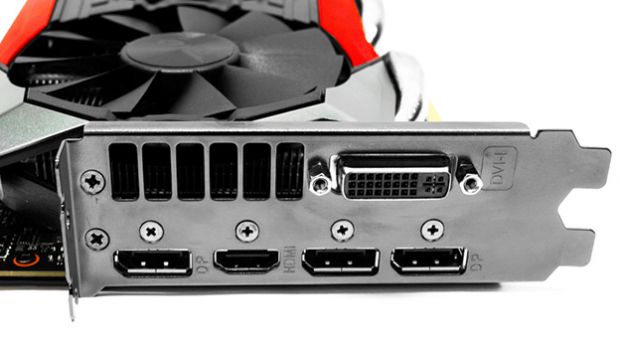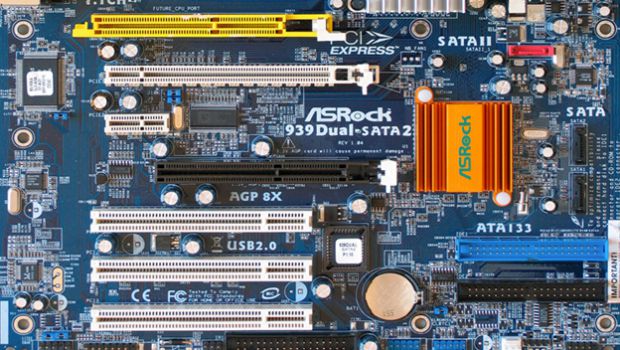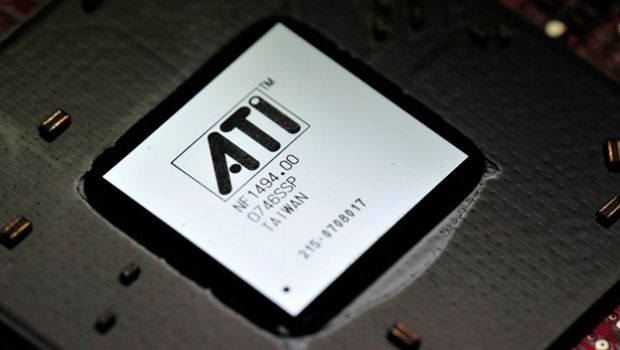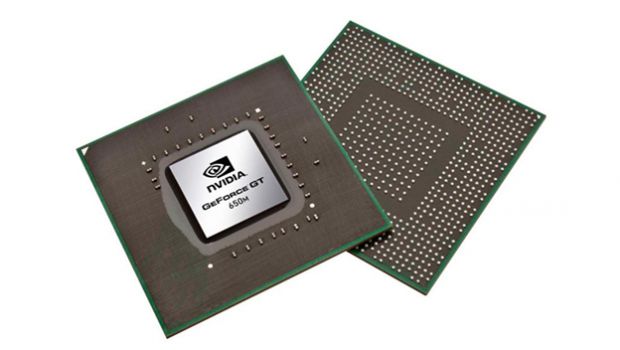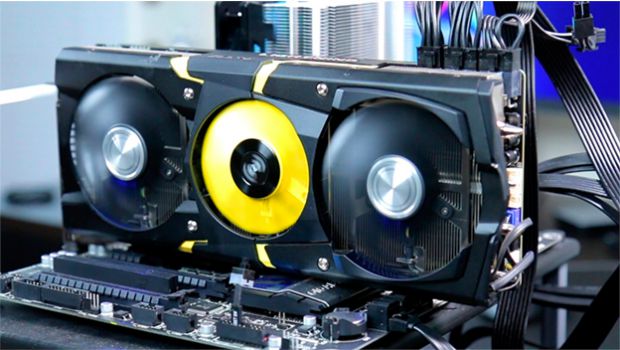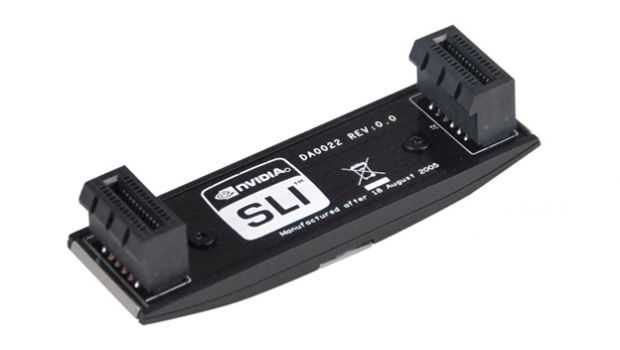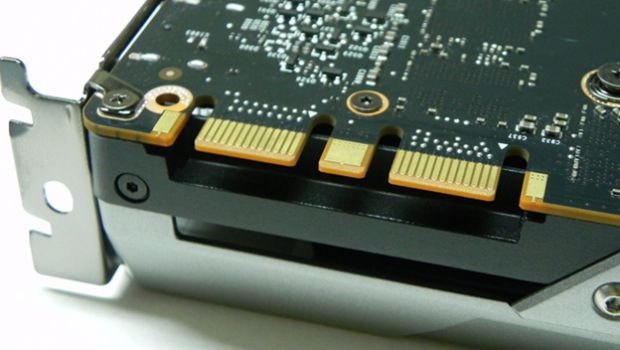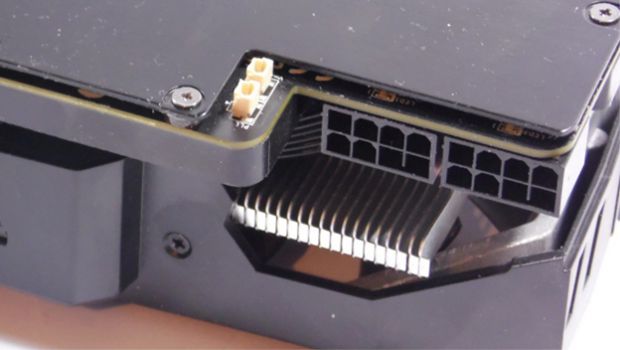On the March update, we highlight the price decrease of the GTX 1080, which finally cost less than 600 dollars.
There are also news within the mid-range, with the 8 GB RX 480 having a much more attractive price and the 4 GB Gigabyte RX 460 costing only 120 dollars.
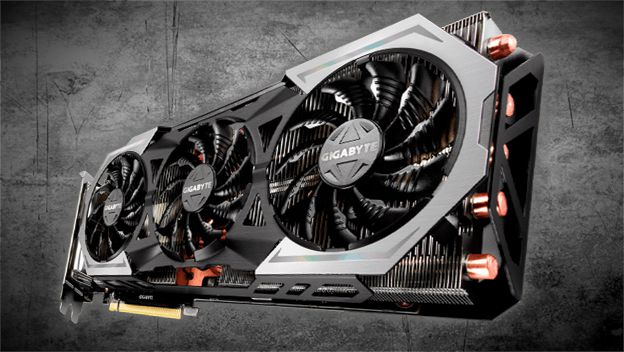
We updated our list with the best graphic cards, adding some models that have gone down in price. There are news on all the three ranges, and among those we highlight the RX 460 by Sapphire with 4 GB GDDR5 for less than 130 dollars, the GTX 1060 by EVGA for less than 240 dollars and the GTX 1080 by MSI which costs less than 520 dollars.
We know that selecting a graphic card is not easy, that is why we regularly publish complete guides in which we speak about the best current graphic cards, and we give you a summary of their features and performances along with commentaries regarding what you can expect from them.
However, those articles are usually quite extensive and have a depth that we wanted to simplify in this guide, where we will leave you a simplified selection of the best graphic cards that we can currently find, divided by price so that it is easier to use.
Each range has a graphic where you can see the average performance of each graphic card compared to the most powerful model, which is the one with 100%. Please remember that we talking about percentages that were calculated based on the average of several current games, among which are titles such as the new HITMAN 2016, Rise of the Tomb Raider and DOOM.
Along with each graphic card we will leave you with a selection of models at a good price, which you can consider as our personal recommendation. Despite it being evident, we remind you: this guide focuses models for game playing.
Low-end range: Less than 150 dollars.
In this category we can find graphic solutions that allow game playing with 1080p resolutions without problems, using average or high definitions, and even ultra in some cases, always depending on the concrete requirements of each game.
Relative performance in 1080P
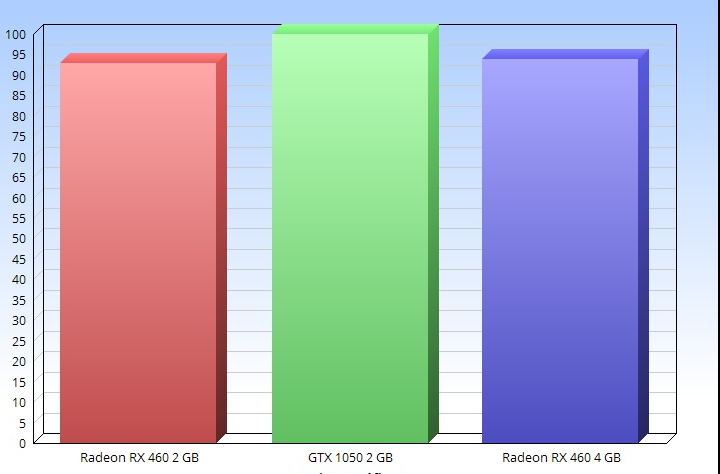
Those are a good option for tight budgets and processors like Core i3 series 4000 and lower, and the FX 4300 and lower. The following are the models we recommend:
EVGA GeForce GTX 1050 Ti SC GAMING
- 640 shaders.
- 40 texture units.
- 32 raster units.
- 128-bit bus.
- Base Clock: 1354 MHz / Boost Clock: 1468 MHz
- 4 GB of GDDR5
- Memory Clock Speed 7,010 MHz.
Gigabyte Radeon Rx 460 with 4GB DDR5
- 896 shaders.
- 56 texture units.
- 16 raster units.
- 128-bit bus.
- 1,212 MHz GPU
- 4 GB of GDDR5
- Memory Clock Speed: 7000 MHz.
- 2 fans
XFX Radeon Rx 460 Single Fan 4GB GDDR5
- 896 shaders.
- 56 texture units.
- 16 raster units.
- 128-bit bus.
- 1,220 MHz GPU
- 4 GB of GDDR5
- Memory Clock Speed: 7000 MHz..
- Single fans
Mid-range: Less than 300 Dollars.
We climb a step and find a range that allows us to play anything at 1080p with maximum quality. With the graphic cards that we are going to see, we can also play with 1440p while still using high definitions in most cases.
Relative performance in 1080P
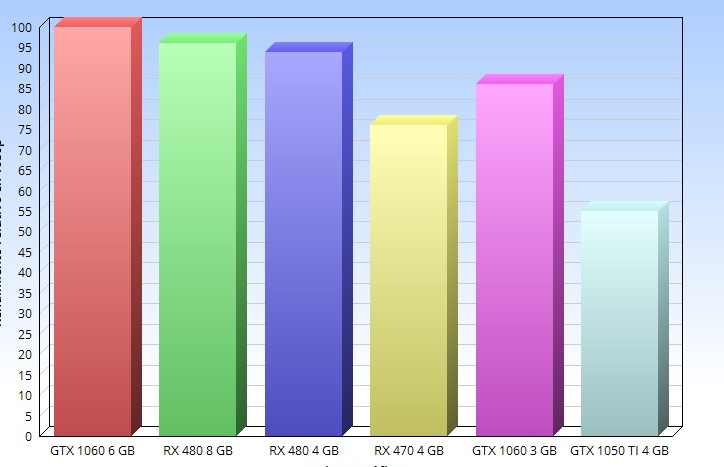
These are a recommendable option for those who are looking for a price-quality relation set to maximum and that have Core i3 6000 – Core i5 2000 processors or higher, and FX 6300 or higher.
MSI GTX 1050 TI 4G OC
- 768 shaders.
- 48 texture units.
- 32 raster units.
- 128-bit bus.
- Boost Clock / Base Clock: 1,341 MHz / 1,455 MHz.
- 4GB GDDR5
- Memory Clock Speed: 7000 MHz
XFX Radeon RX 470 with 4 GB DDR5
- 2,048 shaders.
- 128 units of texture.
- 32 raster units.
- 256-bit bus.
- GPU at 1,226 MHz.
- 4 GB of GDDR5
- Memory Clock Speed: 7000 MHz.
- Requires 6-pin connector.
Sapphire Radeon NITRO+ Rx 480 8GB GDDR5
- 2,304 shaders.
- 144 units of texture.
- 32 raster units.
- 256-bit bus.
- GPU at 1.306 MHz.
- 8 GB of GDDR5
- Memory Clock Speed: 7000 MHz.
- Requires 8 pin connector.
EVGA GeForce GTX 1060 GAMING 6GB DDR5
- 1,280 shaders.
- 80 units of texture.
- 48 raster units.
- 192-bit bus.
- Boost Clock / Base Clock: 1,506 MHz / 1,708 MHz.
- 6 GB of GDDR5
- Memory Clock Speed: 8008 MHz effective.
- Requires a 6-pin connector.
Top-end range: More than 300 dollars.
Lastly, we focus on a range that gathers the most powerful models of the market. These solutions were thought to allow playing with 1440p and 2160p resolution, both popularly known as 2k and 4k.
Relative performance in 1080P
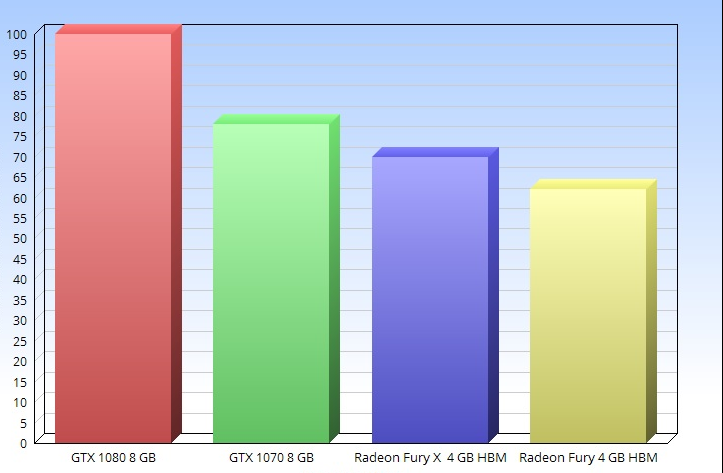
If you want to make the most of it, it is recommendable to at least have a processor like the Core i5 2500K or the FX 8300.
Sapphire Radeon Fury Nitro with 4 GB DDR5
- 3,584 shaders.
- 224 units of texture.
- 64 raster units.
- 4,096 bits bus
- GPU at 1050 MHz.
- 4 GB DDR5 of 1 GHz HBM.
- Requires two 8-pin connectors.
EVGA GeForce GTX 1070 SC GAMING ACX 3.0 Black Edition
- 1,920 shaders.
- 120 units of texture.
- 64 raster units.
- 256-bit bus.
- Boost Clock / Base Clock: 1594 MHz/1784 MHz.
- 8 GB of GDDR5 at 8 GHz effective.
- Requires an 8-pin connector.
EVGA GeForce GTX 1080 FTW GAMING
- 2,560 shaders.
- 160 texture units.
- 64 raster units.
- 256-bit bus.
- Boost Clock / Base Clock: 1,657 MHz / 1,797 MHz.
- 8 GB of GDDR5X at 10 GHz effective.
- Requires 8 pin connector.
Everything you should know to buy a Graphics Card:
The graphics card is a complex component as it is able to process data itself, much like the processor does.
In the graphics card there is a graphics processing unit or GPU and a series of memory chips that allow to create and process a series of data independently from the main processor in the PC.
This processing unit is dedicated exclusively to the processing of data related to the graphics that will be eventually displayed on the screen.
Using this auxiliary processor takes that workload off the main computer processor, so it’s able to provide better graphics and higher performance.
However, depending on the usage you give your PC, you may not need any more graphics card than the one already integrated in your processor.
Integrated or dedicated?
Depending on the intended use of the PC, it could be enough to just use the graphics card that is integrated on some processors like the Core i3, Core i5, Core i7 from Intel or the A6, A8 and A10 from AMD.
For example, if the computer is to be used for office automation, or for general use with average performance, the graphics chip integrated on the processor should be enough to display the contents of your programs and videos on the screen.
This integrated graphics chips use part of the RAM memory available on the computer to process the graphics, so it shares resources with the main processor and could make the computer run slower.
If the PC is not going to perform demanding multimedia tasks, maybe you can do without a dedicated graphics card and use the one integrated in the processor.
On the other hand, if you want to play multimedia content in ultra high definition (4K UHD) or you’re setting up a computer for games, you’ll need to add a dedicated graphics card to improve the graphics performance of the PC and, also, it has to have enough power to process the latest ultra-realistic games, on a Full HD display and do so fluidly to avoid graphics jerking during action.
This dedicated cards have RAM memories and processors of their own, so the impact on performance is not noticeable.
Graphics cards for video games
Since there are different types of graphics cards aimed at different uses, we will give you some clues for you to choose the right one for your needs.
Most dedicated graphics cards can be included, with more or less performance, inside the category dedicated to processing multimedia content or games. But as it happens with other components of your PC, the power of the components makes a big difference.
If you plan on building a PC to play the latest games, we have bad news for you since you’ll have to fork out a lot of cash. In this kinds of setups, the graphics card is specially relevant and can account for more than 30% of the budget planned for the entire computer.
Although they share the same graphics chip, each manufacturer modifies their product to differentiate it.
In this sort of setups, you’ll also have to take into account the performance of the processor since, if it’s not powerful enough to manage data coming from the graphics processor, it will limit the performance of the graphics card, so you’ll be underusing it.
In addition to the power of the graphics processor offered by each graphics card model, you should also consider the amount of memory for each model and its speed since, even if two cards share the same graphics chip, each manufacturer can modify it and combine it with other components of higher or lower performance.
Some manufacturers can for example choose to add more video memory on the graphics card, but it can be a slower memory (GDDR3 instead of GDDR5).
In these cases it is advisable to always look for the model with the fastest memory, even if the amount is less. There is no point in storing lots of data to have ready when needed by the graphics chip, if you can’t convey them fast enough it will slow the card down.
Graphics cards for multimedia
Many of the integrated graphics chips in current processors already support even playing content in 4K. However, the best way to get maximum performance is to use a dedicated card tailored to the needs of your PC.
The need for a dedicated graphics card becomes more noticeable when you work on graphic or photo editing. In these two areas, having a sound graphics card makes a difference when processing the resulting files.
Professional graphics cards
In addition to graphics cards dedicated to multimedia entertainment or video games, there are other types of graphics cards aimed at professional 3D rendering tasks and other design generation functions.
These cards are not suitable for running games, neither are the more powerful gaming graphics cards good enough for this kind of tasks, nor are this cards good enough to execute the more demanding games, since they weren’t designed for those specific tasks.
If you are setting up a workstation that will be dedicated to rendering 3D textures, it is best to consult the technical recommendations of the programs you will use. This type of graphics cards are easily identifiable by their high prices.
Cooling system and noise
The graphics card, next to the computer processor, are the components that suffer the most from heat. So choosing a graphics card with a good cooling system will be an important factor for durability and user comfort.
The better the cooling system on the graphics card, the most heat it will be able to dissipate and the less the fans will have to work to keep it fresh, so it will directly affect on the noise generated by the computer.
Manufacturers offer different models integrating the same graphics processor with various alternative cooling systems. Choose the right one for your computer.
For example, if your PC is going to be used as a multimedia device, you can opt for passive cooling systems for your graphics card with oversized heatsinks that, given the lack of fans, do not generate any noise. This makes them ideal for Home Theater PCs (HTPC) or mini PCs.
Video outputs
Something similar happens with the different types of video connectors that graphics cards have in the back. Even if you find several models of different assemblers with the same graphics chip, each brand gives its cards different configurations of video connectors.
Choosing the appropriate connectors to connect your monitor to the resolution you need, will prevent having to use adapters when connecting different types of monitors to your computer.
Check the maximum resolution supported by each type of connector in the graphics card and decide if it’s the right one for your needs.
AGP, PCI, PCI-e and other expansion connectors
When choosing a graphics card you must keep in mind the type of connector to the motherboard you need.
Currently, all motherboards have PCI-e or PCI Express connectors for the graphics card, but if your motherboard is a little old, it is possible that the graphics card needs a PCI or AGP bus.
Beyond the physical difference between the different connectors formats of graphics cards, there is also a difference in performance.
As they have become more and more powerful, they have needed more bandwidth to carry all the information the current GPUs were able to process, so the connectors have evolved to meet this increase in transfer rate. Within the PCI-e or PCI-Express connector, which is currently the most used, you will find graphics cards with a PCI-Express 2.0 version and others with PCI-Express 3.0.
Both connectors are compatible and will work perfectly, but if your motherboard has support for PCI-Express 3.0 and you connect a PCI-Express 3.0 graphics card, its transfer rate will be higher and will allow greater bandwidth,so the graphics card will perform better than if you connect it to a motherboard with a PCI-Express 2.0 connector.
Parallel Processing
As mentioned at the beginning of this guide on how to choose your graphics card, graphics cards themselves are complete computation systems as they are able to manage and process themselves the calculations needed to produce the image you see on screen, without the computer processor intervening in that process or at least minimizing its intervention.
This feature is used by some applications to carry out their processes and optimize results.
Parallel processing is based on assigning a task to the graphics processor or GPU and then, the processor breaks that task among a number of sub-processors available, so that each performs a simple calculation and the results are joined together to complete the task and then the graphics processor returns the final result.
Given that these sub-processors can be counted by the thousands on each graphics card, you can imagine that solving this tasks with thousands of little processors working independently, is a lot faster that just one processor no matter how powerful it is.
In Nvidia models, this little processors receive the name of CUDA cores, while in AMD ATI they are called Stream processors.
Every architecture manages differently this sort of parallel processing, which is why 1000 Nvidia CUDA cores are not equivalent in power to 1000 ATI Stream processors. But within each architecture, you do notice the differences in the number of cores.
Memory interface or memory bus
Regardless of the amount of video memory or its type (GDDR3, GDDR4, GDDR5, etc…), the manufacturer will also specify the value of the memory interface. This parameter is expressed in bits and indicates the size of the communication interface between the graphics processor and memory. That is, the ability to carry more data from the video memory to the graphics processor. The higher the value, the greater the processing capacity the card has and, therefore, the better the performance.
Currently it is common to find cards with a memory interface of 128, 256, 384 and even 512 bits.
DirectX and OpenGL
DirectX is a programming interface developed by Microsoft which aims to simplify the task of interpreting instructions between different software components. If the graphics card supports the latest DirectX version it will be able to manage more effectively those instructions, so its performance with games or applications that use DirectX will be much higher.
On July 29, 2015 the latest version of DirectX 12 was officially launched, so most graphics cards of the market support DirectX 11, 11.1, 11.2 and 11.3 versions. OpenGL works similarly to DirectX. The latest version is OpenGL 4.4.
Factory Overclocking
Overclocking consists in raising the frequency of the processor or the memories to make them work faster than their standard versions.
This is a common practice among experienced users, but for a few years, manufacturers also use it to give extra power to certain models of its catalog obtaining some Megahertz to the memories or processor frequencies. It is, to put it simply, a boosted version of a model that already exists.
Manufacturers indicate this feature in the model name so, for example, you may find a model Radeon R9 270X 2GB GDDR5 and another Radeon R9 270X OC 2GB GDDR5.
Both can appear to be the same to the naked eye, but when the moment comes, the OC version will always offer a slightly higher performance.
How many cards do you need?
If you are already clear that you will need a multicard setup, namely that you’re going to install multiple graphics cards interconnected to work together, keep in mind that the cards have to support that kind of connections, because they need a specific connector on the graphics card silicon board to connect both cards with a special dedicated cable, that bridges between the two cards, and that it’s named precisely that (bridge).
Normally, mid and high end cards support this sort of multi GPU configuration, but you must confirm with the technical specifications of the manufacturer.
On Nvidia models, this function is called SLI (Scalable Link Interface), while on ATI AMD models it is called Crossfire.
Alongside your graphics card supporting this multi GPU configuration, your motherboard has to be compatible too. So do not go buying cards left and right without first making sure both components allow it.
Beware energy consumption!
The energy consumption of the graphics card is also an important factor to consider.
Not just because it has been a trend to lower consumption lately, but because the power supply of your computer could not have the necessary watts to provide the power you need.
The graphics card receives part of that power through the PCI-e connector (or AGP) from the motherboard. Models from the mid/low and low range won’t need more power than that, but for those more powerful in the mid and high end, it will be necessary to complement this power with an additional 6-pin or 8-pin power cable (or even two, if the card is too powerful), also known as PCI-e power cable.
Therefore, this also must be taken into account when choosing your next graphics card, in the event that besides buying a new graphics card, you also need a more powerful power supply or the right connectors for it.
Read More:
Best Gaming Monitor
Best Monitor for Macbook Pro
Best Mid-Range Graphics Cards
Guide: How Much VRAM Do I Need for Gaming
Nvidia GTX 1060 vs GTX 960 vs GTX 970 vs GTX 980 vs GTX 1070 vs AMD RX 480 vs R9 390
